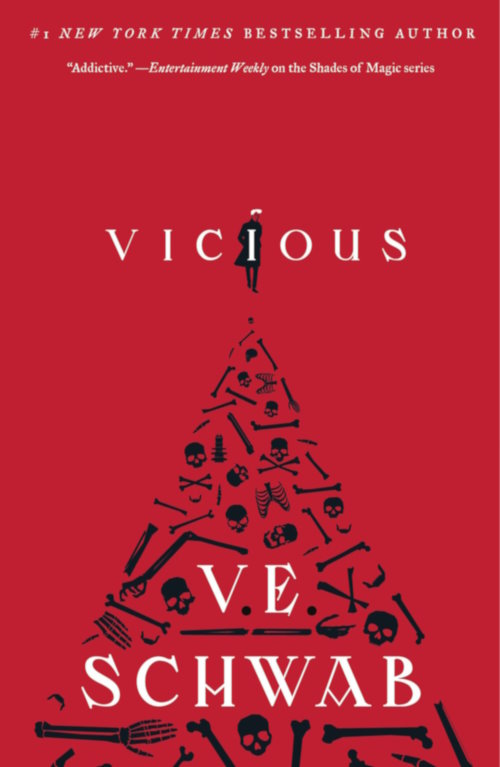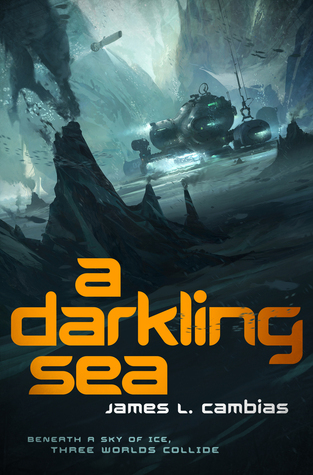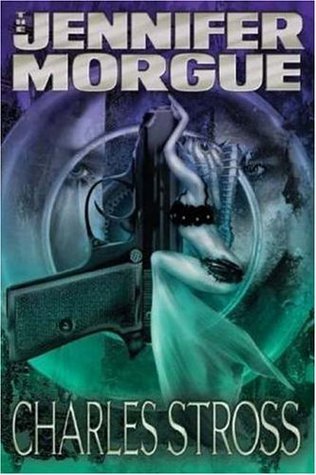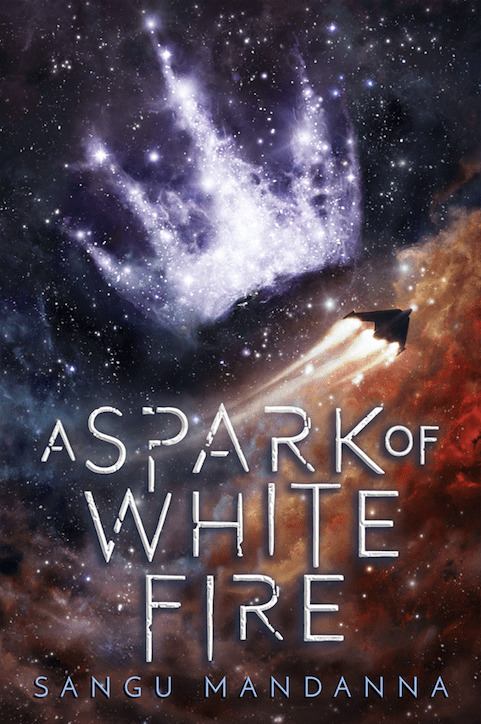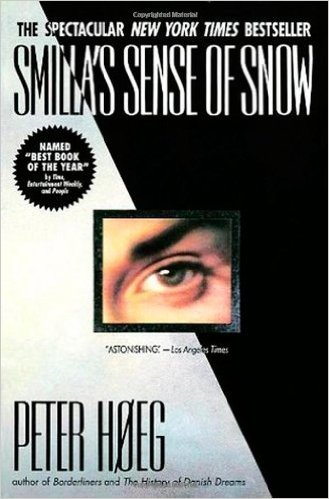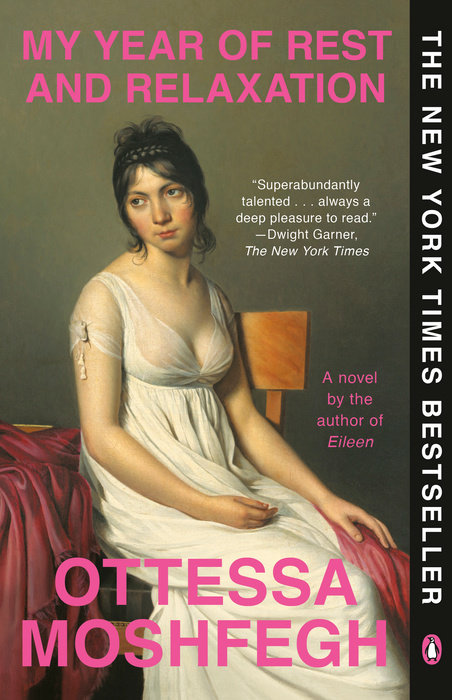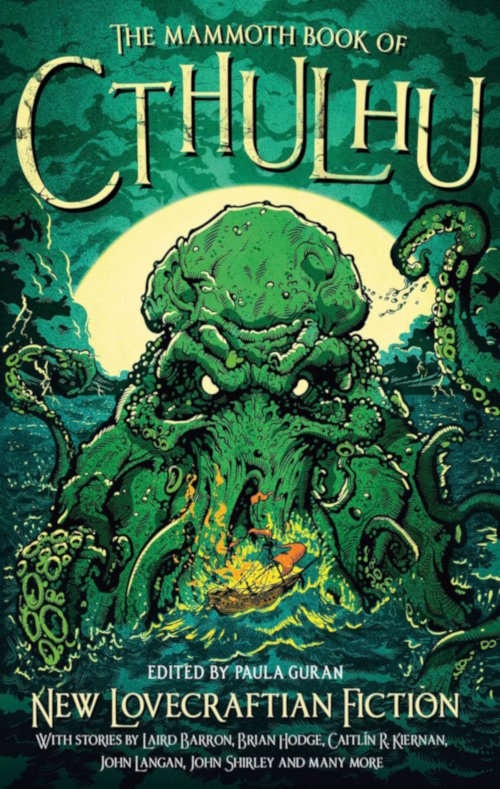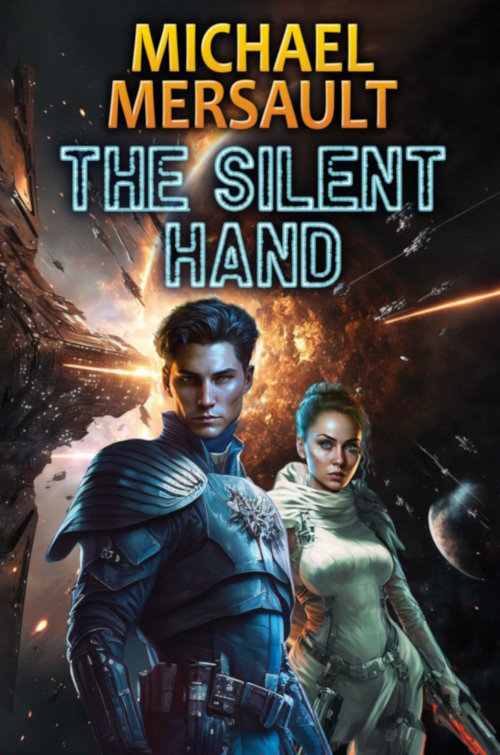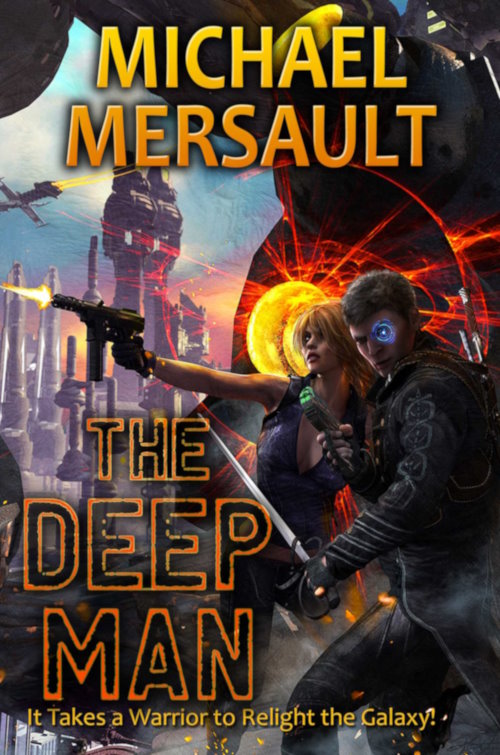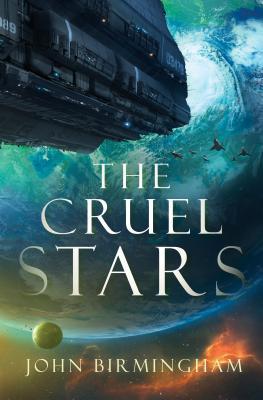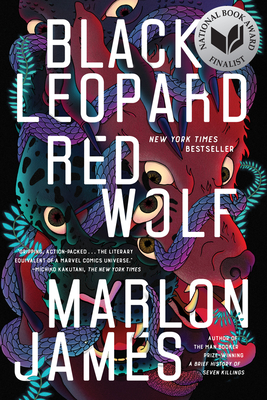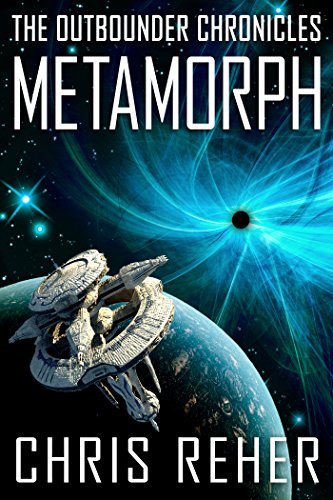Chasing New Horizons: Inside the Epic First Mission to Pluto, by Alan Stern, David Grinspoon
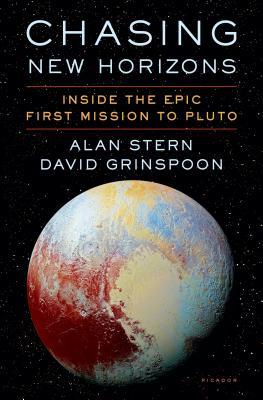
For my review of the same book in 2019, go here.
Imagine a project that needs an underground group of dedicated scientists to even exist as a concept. They would have to lobby in secret, fight vindictive NASA administrators, tremendous bureaucracy and extremely tight and political budgets that change randomly to even get the concept noticed. A combination of very custom marketing has to be employed to get key people on your side. And then... you have to work on it, through changing administrations and conditions, for more than a decade, to make it happen. And then, you risk losing it all at launch in a single moment, or break down during its path or even hit something after achieving all mission objectives but before sending back the data. Oh, did I mention that it has to do everything by itself, because the speed of light lag between the probe and yourself is four hours?
Chasing New Horizons: Inside the Epic First Mission to Pluto is the story of New Horizons, an unlikely first mission to Pluto and very likely the last mission to Pluto, perhaps even the last to reach that distance from the Sun. It is important to understand the mindset of the people working on this, the real scientists and engineers who are masochistic enough to work in these conditions. Alan Stern did lead the project with close friend David Grinspoon writing the book based on their many interviews.
It's a really useful and inspirational book. It takes you out of the stupid world of news cycle monkey politics because, even if it features its own brand of politics, it remains always in the background, the true focus staying on the purpose of the mission, the passion of the people involved, the true measure of humanity. It gives one hope that we're not all terrible. For that alone it should get maximum rating.
But the book is also well written, easy to read and understand. Recommended to all of the Trekkies who didn't succumb to the "Star Trek is Anglo-Saxon capitalist propaganda" downers, but also to all who dream of something better for themselves and the world.
